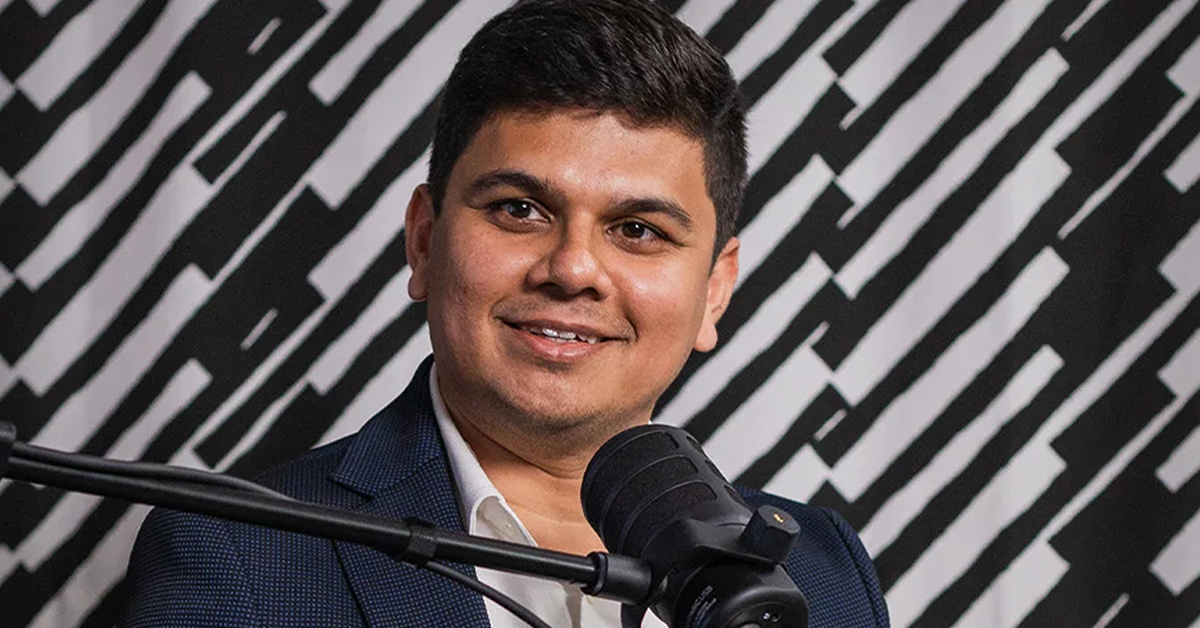
In the fourth episode of Siili’s Composable Banking Podcast, Leo Vaskelainen talks with Mayur Vichare, Director of Strategy and Value Consulting at Backbase, about modernizing banking through customer-centric transformation.
In the conversation on the importance of collaboration between IT and business teams, Mayur shares insights on rethinking banking processes and focusing on journey-by-journey transformation as a strategy to build awe-inspiring customer experiences. He also emphasizes the advantages of balance between building and buying technology solutions, advocating for a composable architecture that combines both.
Challenges and solutions in modernizing banking
When discussing what options banks have to remain relevant, Mayur outlines three main strategies:
✺ Core transformation as a complete backend overhaul, though costly and time-consuming, with a payback period of around five years.
✺ Journey-based transformation when banks modernize customer journeys from front to back, offering faster returns with a payback period of 2 to 2.5 years.
✺ Building a new stack a parallel system is built next to the existing one, with a payback in this case extending to a period of about four years.
Mayur advocates for the journey-based transformation as the most efficient and cost-effective option, enabling banks to achieve quicker returns while modernizing essential customer journeys.
Banks need to move away from traditional processes and adopt a zero-based approach transforming customer journeys from onboarding to servicing, lending, and investing. This method not only enhances customer experiences but also ensures that these transformations are closely tied to business value.
He explains, “What we always explain to banks is to avoid thinking about their existing processes and control systems. Go journey by journey with a zero-based approach and ensure they are connected to the right business value.”
Build vs. buy
A common dilemma in banking modernization is whether to build or buy solutions. Mayur introduces a middle-ground approach — build and buy — highlighting the benefits of both. He explains that solely buying solutions can lead to vendor lock-in, while building everything from scratch can be slow and costly.
“Composable banking is the right approach,” Mayur asserts. He emphasizes the importance of a flexible, composable platform that allows banks to integrate the right services and journeys effectively. This approach balances innovation with scalability, ensuring that banks can adapt to changing market demands. This essentially means picking and choosing the right services and customer journeys that fit your needs, then seamlessly integrating them to deliver maximum value to your clients. By combining the flexibility of building with the reliability of buying, you can create a system that’s not only adaptable but also future-proof.
In other words, it's not about build or buy—it's about building and buying to compose a banking system that truly works for you and your customers.
The importance of composable architecture
Mayur delves into the concept of composable banking, describing it as both an architectural and a mindset shift. He highlights the need for modular, scalable, and reusable systems that can support seamless integration across business and technology teams.
“Composable thinking involves modularity, autonomy, and discoverability,” Mayur notes. This mindset, coupled with a composable architecture, allows banks to break down silos and streamline collaboration between IT and business stakeholders.
Collaboration between IT and business
Successful digital transformations in banking require transparent and aligned communication between IT and business teams. Mayur emphasizes the importance of joint KPIs that reflect shared responsibilities across both teams. By fostering a collaborative environment, banks can bridge the gap between technology and business, ensuring that their services are prepared for the future.
“Business and IT should have joint KPIs and understand each other’s roles,” Mayur advises. This alignment is key to driving successful transformations and delivering better customer experiences.
What kind of bank would Mayur build with €100m?
When Leo asked what bank he would build with €100m, Mayur Vichare shared a bold vision: "I wouldn't build a bank," and pointed to the trend of banking becoming invisible from the customers' perspective.
Financial services such as loans or cash flow management are increasingly embedded directly into platforms where customers are already interacting for other purposes, like ordering food or transportation. These banking services are so well integrated that they don't feel like traditional banking activities—they're simply part of the overall experience.
Conclusion
Drawing from his experience, Mayur shares how Backbase integrates global innovations into their platform, enabling banks to stay ahead of the competition. Backbase continually productizes global innovations, making them accessible to banks worldwide.
“Our platform evolves with global innovations identified by our R&D teams,” Mayur explains. This approach ensures that banks can quickly adopt new ideas, gain a competitive edge, and lead innovation in their regions.
As banks need to tackle the complexities of modernization and digital transformation, adopting a customer-centric, composable approach is key. By balancing build and buy strategies, fostering collaboration between IT and business teams, and integrating global innovations, banks can stay agile and competitive in the ever-evolving financial landscape.
Mayur Vichare is the Director of Strategy and Value Consulting at Backbase (LinkedIn)
Watch this episode in full on YouTube and Spotify.
.png)
